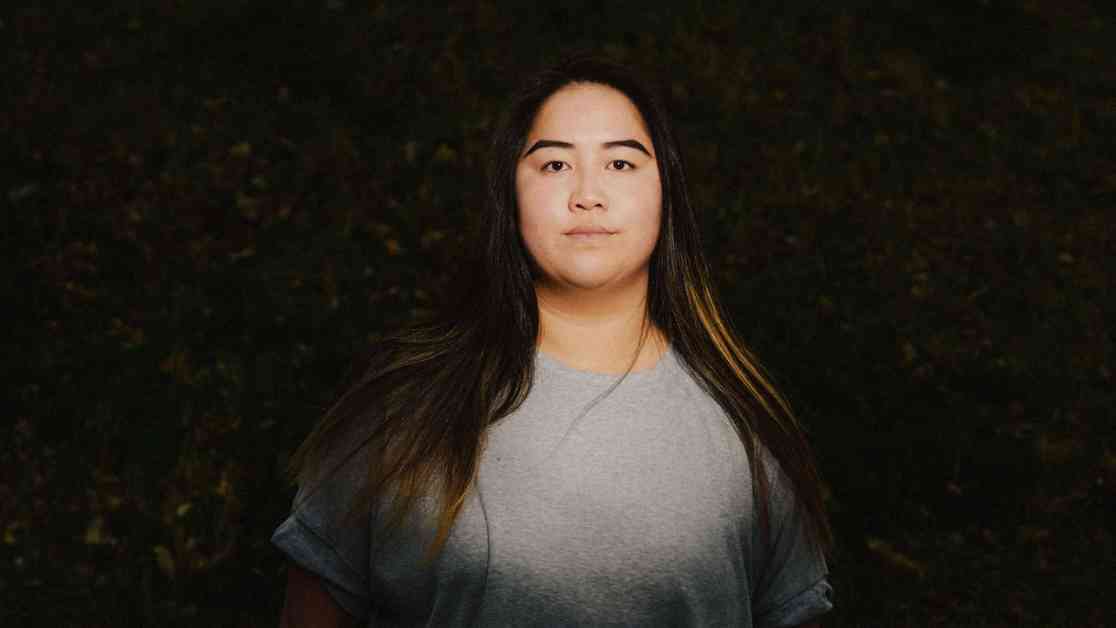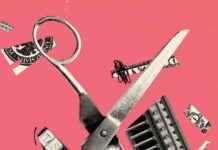Mia Griffin, a senior at Purdue University, received an unexpected email from 23andMe, notifying her that her genetic testing was done. Mia, who had bought the kit on a whim a year ago, was in no rush to check the results. The test confirmed her East Asian and Indigenous American ancestry, which was expected since she was adopted from China in 2002. Mia’s main reason for the test was to check for genetic risks, and she was relieved that she had no heightened risk for cancer, although she did have a propensity for lactose intolerance and a cat allergy, things she already knew about.
Surprisingly, when Mia checked the genetic relatives tab, she found Zhou Changqi listed as her father, inheriting half of his DNA. Brian Stuy, from a nonprofit in Utah, explained that Zhou had been searching for Mia desperately. The news hit Mia like a car accident, changing her life forever. The traditional belief that adoptees would never find their birth families has been shattered in recent years, thanks to technology connecting families.
Brian Stuy, a former equity trader turned adoption advocate, has connected many birth families with adoptees. His efforts to match adoptees with their birth families have faced opposition within the adoption community. Stuy’s work has revolutionized the search for birth families, especially in countries like China, where records are scarce. Genetic testing has become a powerful tool in reuniting families, with the Stuys facilitating numerous matches each year. Adoptees like Mia have found unexpected connections with their birth families, leading to emotional reunions and revelations.
Mia’s journey to find her birth family has been a rollercoaster of emotions. Reconnecting with her father and brother in China has been a slow process, with language barriers and cultural differences adding to the complexity. Despite the joy of finding her family, Mia struggles with guilt over her father’s years-long search and the realization of the hardships he endured. The revelation of her adoption story and the efforts her birth family made to find her have left Mia reflecting on her identity and the impact of her dual heritage.
The search for birth families continues to evolve, with organizations like DNAConnect and the Nanchang Project using genetic testing to facilitate reunions. While some adoptees embrace the opportunity to connect with their roots, others grapple with the challenges of navigating two worlds. Mia’s story highlights the bittersweet nature of reunion, where joy and sorrow intertwine in unexpected ways. As she comes to terms with her past and looks towards the future, Mia’s journey serves as a testament to the power of perseverance and the enduring bonds of family.












